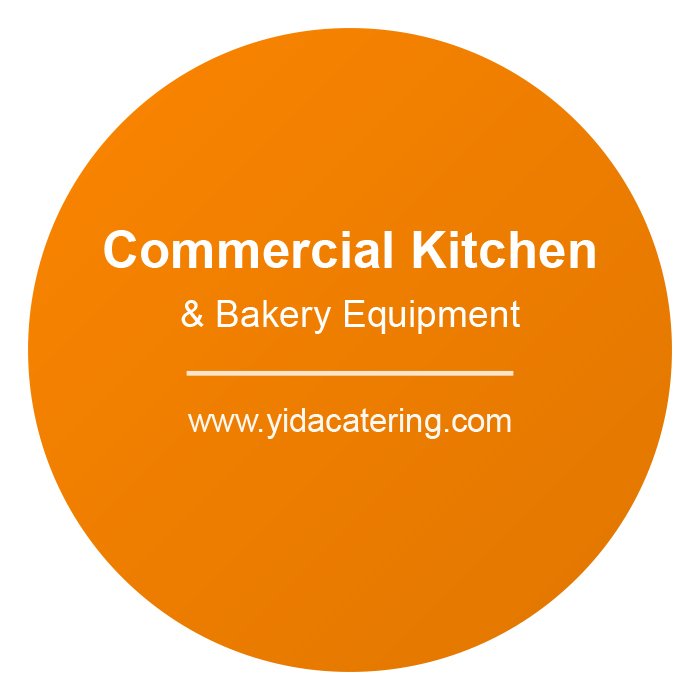When it comes to upgrading your kitchen appliances, choosing the right oven can make all the difference in your cooking experience. Two of the most common types of ovens are convection and conventional ovens, each with its own set of features and benefits. But how do you decide which one is best for your needs? In this blog post, we’ll explore the key differences between these two types of ovens and help you determine which one could revolutionize your kitchen.
What Is a Conventional Oven?
A conventional oven, also known as a traditional oven, is a staple in most kitchens. It operates using heating elements located at the top and bottom of the oven cavity. These elements work together to generate heat and cook food. While it’s a reliable choice for baking, roasting, and broiling, conventional ovens rely on radiant heat, which can sometimes lead to uneven cooking.
With no built-in fan to circulate air, hot and cool spots can develop in a conventional oven. This means you may need to rotate pans or adjust cooking times for consistent results. Despite this limitation, conventional ovens are widely used and appreciated for their simplicity and versatility.
What Is a Convection Oven?
A convection oven takes traditional cooking technology to the next level by incorporating a built-in fan and exhaust system. These features help circulate hot air evenly throughout the oven cavity, resulting in faster and more consistent cooking. By maintaining a uniform temperature, convection ovens can eliminate the need to rotate pans or worry about uneven browning.
Convection ovens are particularly effective for tasks like roasting meats, baking pastries, and dehydrating foods. They also tend to cook food more quickly than conventional ovens, often requiring you to reduce cooking temperatures or times. While they may come with a slightly higher price tag, their efficiency and precision make them a popular choice for serious home cooks and professionals alike.
Key Differences Between Convection and Conventional Ovens
To help you make an informed decision, here’s a breakdown of the primary differences between convection and conventional ovens:
1. Cooking Technology
- Conventional Oven: Relies on radiant heat from top and bottom heating elements.
- Convection Oven: Utilizes a fan and exhaust system to circulate hot air for even cooking.
2. Cooking Speed
- Conventional Oven: Slower cooking times due to uneven heat distribution.
- Convection Oven: Faster cooking times thanks to efficient heat circulation.
3. Cooking Results
- Conventional Oven: May require manual adjustments (e.g., rotating pans) to achieve consistent results.
- Convection Oven: Provides even browning and consistent textures without much intervention.
4. Energy Efficiency
- Conventional Oven: Uses more energy due to longer cooking times.
- Convection Oven: More energy-efficient as it cooks faster at lower temperatures.
5. Cost
- Conventional Oven: Generally more affordable upfront.
- Convection Oven: Higher initial cost but potentially saves money over time with energy efficiency.
Which One Is Right for You?
The choice between a convection and a conventional oven ultimately depends on your cooking habits, budget, and kitchen needs. Here are some factors to consider:
- You Should Choose a Conventional Oven If:
- You’re looking for an affordable, straightforward appliance.
- You primarily bake or cook dishes that don’t require precision (e.g., casseroles, pizzas).
- You’re comfortable making manual adjustments to ensure even cooking.
- You Should Choose a Convection Oven If:
- You value speed and efficiency in your cooking.
- You frequently bake delicate pastries or roast meats that require even heat distribution.
- You’re willing to invest in a higher-end appliance for better performance.
Can You Have Both?
For those who want the best of both worlds, many modern ovens now come with dual functionality, allowing you to switch between convection and conventional settings. This versatility lets you tailor your cooking method to suit specific recipes, providing maximum flexibility in the kitchen.
Final Thoughts
Whether you choose a convection or conventional oven, upgrading your appliance can significantly enhance your culinary experience. Conventional ovens offer simplicity and affordability, while convection ovens provide speed, precision, and efficiency. By understanding the strengths of each type, you can make an informed decision that aligns with your cooking style and lifestyle.
So, which one will revolutionize your kitchen? The answer lies in your unique needs and priorities. Happy cooking!

